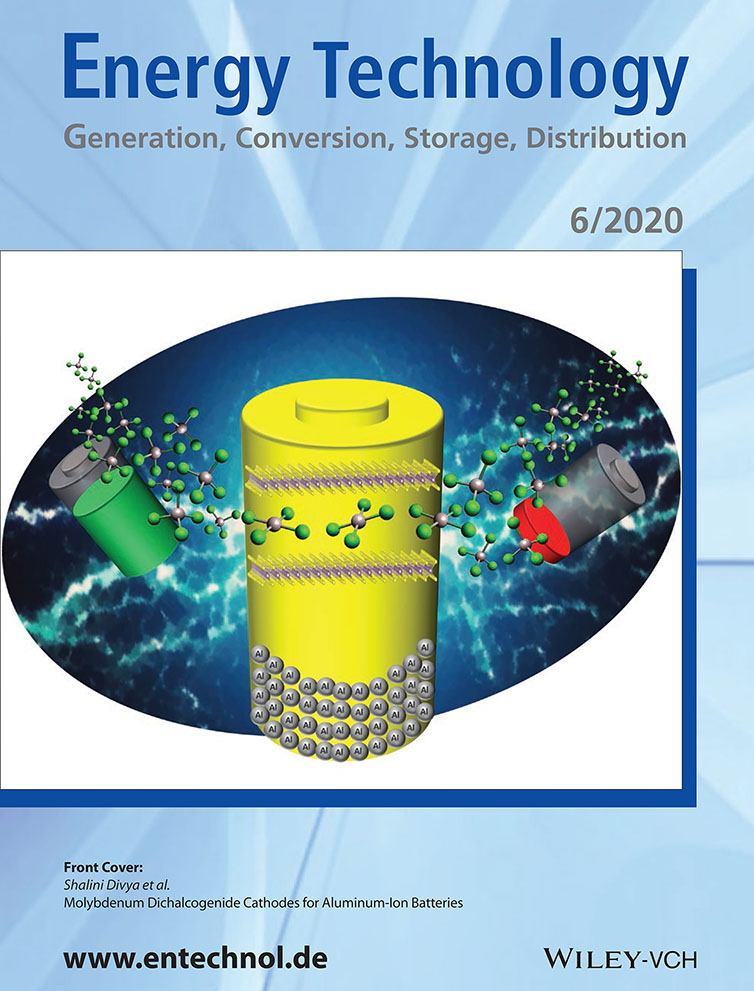Influence of Surface Modifier Molecular Structures on the Photovoltaic Performance of Sb2S3-Sensitized TiO2 Nanorod Array Solar Cells
Abstract
Herein, Sb2S3-sensitized TiO2 nanorod arrays are prepared by the pyrolysis of 1.2 m antimony–thiourea complex solution in dimethylformamide (DMF) at 270 °C for 10 min. Various surface modifiers with different functional groups and carbon numbers of C10H21PO3H2, C12H25SO3Na, C3H7COOH, C5H11COOH, C7H15COOH, C11H23COOH, C13H27COOH, C15H31COOH, and C17H35COOH are applied to modify Sb2S3-sensitized TiO2 nanorod arrays. The corresponding solar cells are fabricated, and their photovoltaic performances are evaluated. To the different functional group surface modifiers, the improvement of functional group on photovoltaic performance is of the order of COOH > PO3H2> SO3Na. To the different carbon number (4–18) surface modifiers, RCOOH with carbon number range of 8–12 exhibits better photovoltaic performance. Moreover, the Sb2S3-sensitized TiO2 nanorod array solar cells with C11H23COOH achieve the best photoelectric conversion efficiency (PCE) of 5.37% with the open-circuit voltage (Voc) of 0.53 V, short-circuit current density (Jsc) of 16.98 mA cm−2, fill factor (FF) of 60.66%, and the average PCE of 5.11 ± 0.21% with the Voc of 0.52 ± 0.01 V, Jsc of 16.65 ± 0.24 mA cm−2, and FF of 58.93 ± 1.21%. The PCE of 5.37% corresponding to the use of spiro-OMeTAD as the hole-transporting material is a relatively high PCE for Sb2S3 solar cells.
Conflict of Interest
The authors declare no conflict of interest.




